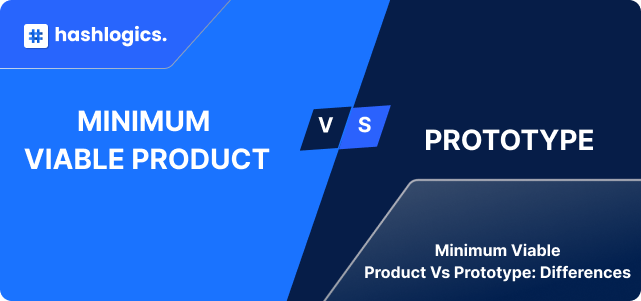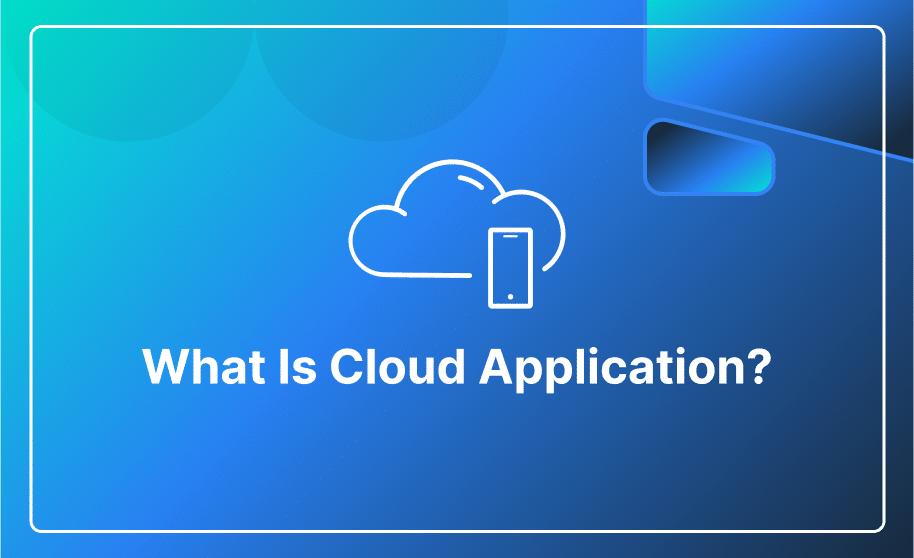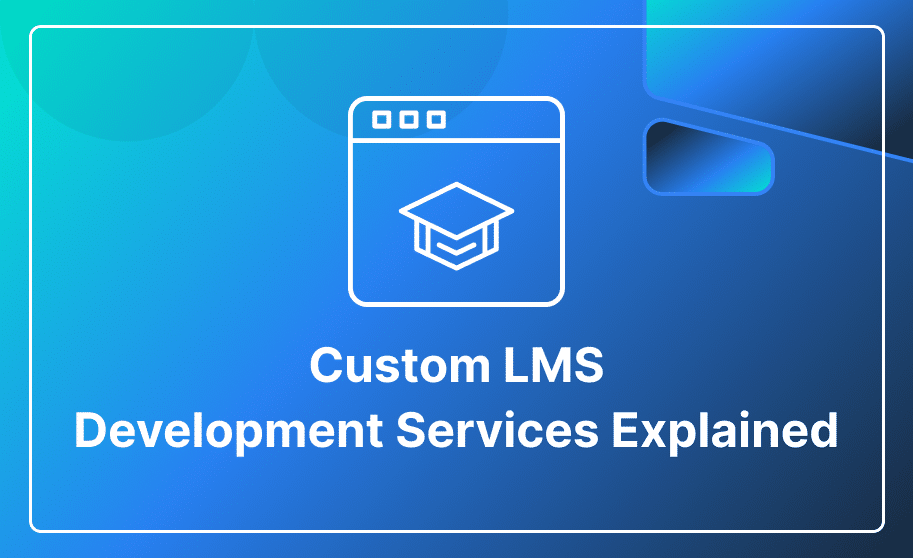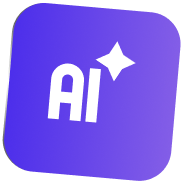When building software, it is essential to go through various stages before launching the final product. Choosing the right development technique is a key decision, and validating your business idea is equally important in this process.
Entrepreneurs encounter numerous challenges when launching a product. Perhaps the most important is to figure out how to effectively meet the needs and demands of customers. The development process is often expensive, time-consuming, and resource-intensive, making it crucial to have a well-defined plan before starting.
To reduce risks and uncertainties during the product development process, the two important strategies you can use are prototyping and MVP (Minimum Viable Product).
In this article, we will explore the concepts of prototypes and MVPs, outline their advantages, and highlight the differences between them. We’ll also discuss which one best suits your project.
What is MVP?
Minimum Viable Product (MVP) is the simplest version of your software that can be released publicly for user feedback. It focuses on essential functionality. It has enough features to engage and attract adopters and validate the product idea during the initial stages of development. Companies deploy a minimum viable product to:
- Launch your product to the market quickly.
- Validate new ideas with real users before spending a significant portion of the budget.
- Collect user feedback to understand early users’ opinions on your software.
- Saves resources and money by avoiding the implementation of all features in your minimum viable product.
- Attract investors to attract more investments by showing your product’s appeal and user feedback.

The Benefits of MVPs
- It allows you to test your business concept by offering only the essential features instead of testing your key hypothesis with feature-rich software. This way, you can conduct user testing while controlling the budget.
- It helps you to save money by gradually building and improving your apps over time.
- It is a good way for your product to evolve – you can start building a user base to understand what works and what does not. With this information, you can make informed decisions on future iterations of the product.
What is a Prototype?
Prototyping is the process of creating a preliminary version of your product for testing and evaluation before finalizing the design.
Prototypes can be of different shapes and sizes, like a paper prototype, a sketch, or a fully functional interactive version. Also, the prototype’s usability and details can vary; usually, it is a demonstration of what the product will look like.
After testing the prototype and collecting feedback, the software can proceed through the Software Development Life Cycle (SDLC) stages to be developed into the final product.
For web agencies like ours, it involves building static frames in tools like Figma and linking them together. The outcome is a clickable model that looks like a completed desktop or mobile application and allows users to interact with various elements such as buttons, dropdowns, and fields.
Benefits of Prototyping:
Some most important advantages of prototypes are:
- Prototyping is time-effective and budget-friendly. Potential issues are found and fixed early in the process.
- It is advantageous for development teams as they can understand the software’s expectations and specifications.
- A prototype is like a preview of what the business vision will look like as a functioning product, not just an idea or drawings on paper.
- Prototyping is an effective way of validating the product’s User Experience (UX) and usability.
Comparing Similarities: Prototype vs MVP
Both prototypes and MVPs share the same purpose to validate the product’s viability, which means answering the three crucial questions: Is the product profitable? Can it be implemented? Is it scalable? Answering these questions is important for the success of your software.
Prototypes and MVPs allow us to assess the digital product’s viability and test it in the early stages of the Software Development Life Cycle (SDLC) without building the entire product first.
Companies build prototypes or MVPs to test product viability, collect user feedback, reduce costs, mitigate risks, save time, attract investors, and facilitate iterative improvements for a successful final product.
Minimum Viable Product vs Prototype: Differences
Now, we will discuss the most important differences.
Functionality:
An MVP typically is a fully functional product with complete yet minimal features. In contrast, a prototype is a simulated version of the software designed to look and feel like a real product but lacks full-fledged features.
Complexity:
Prototypes are usually simple as compared to MVPs. Minimum viable products, on the other hand, are fully developed and deliver the core value of the software.
Target Audience:
Mostly minimum viable products are public, and prototypes are usually private. An MVP allows users to interact with the product as if they were potential customers.
Cost:
A prototype has low development costs, while an MVP requires a well-planned budget estimate.

Prototype vs Minimum Viable Product: Which One to Choose?
Both techniques are used to test the product in the early stages of development, without building the entire product first. Consequently, both MVPs and Prototypes are used to reduce cost, lower risk, and prevent future technical issues.
Create a prototype; if you want to test the basic product concept with a limited budget.
Build an MVP; if you want to evaluate the feature’s effectiveness based on user preferences.
The most suitable option varies with the project stage and the available audience. When working on proposals, our team consistently chooses solutions that align perfectly with user needs, budget, and business objectives.
If you have challenges, our team is here to help. Feel free to contact us anytime for assistance.














